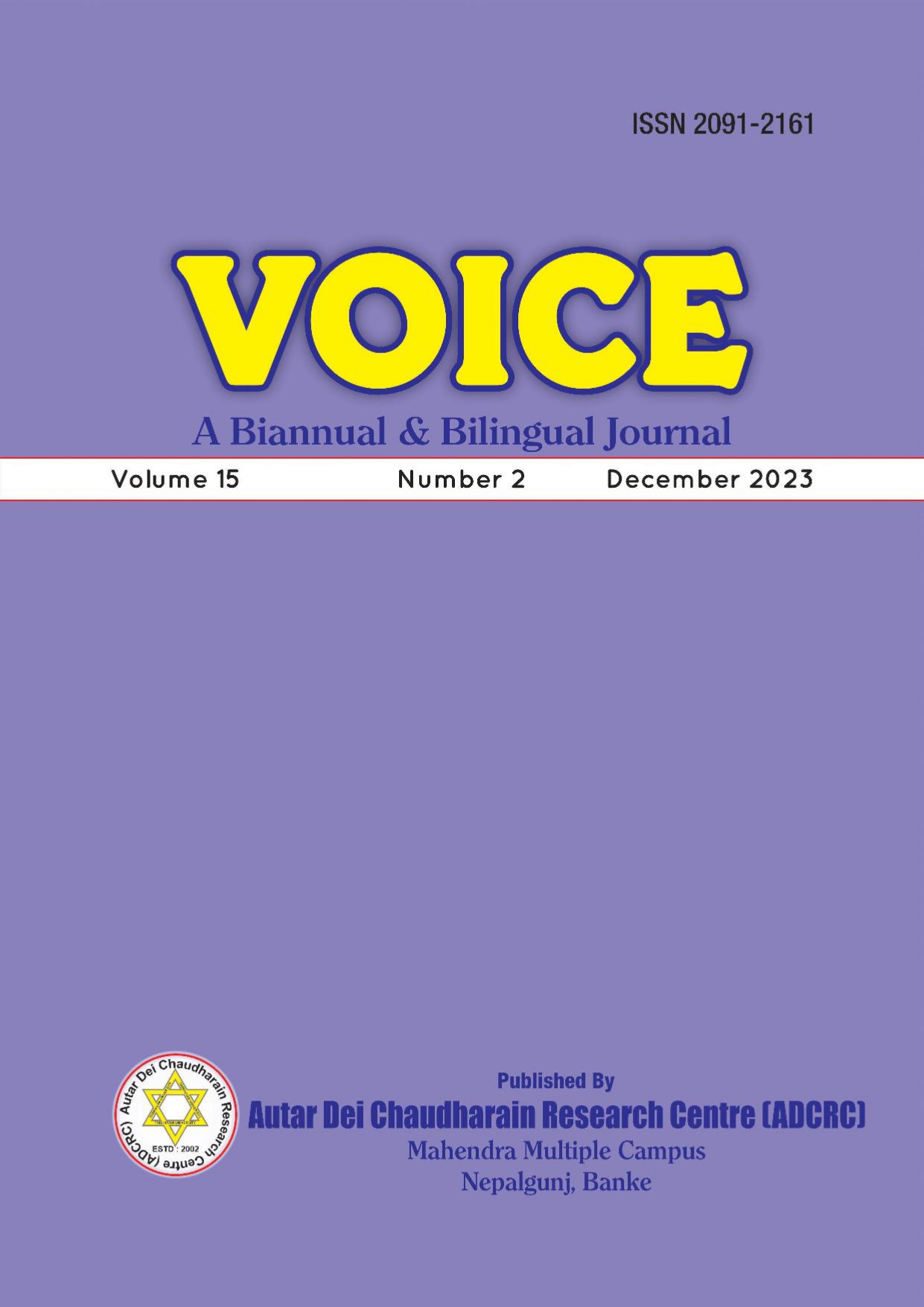State of Sanitation in Public Schools of Banke District: Practices and Challenges
DOI:
https://doi.org/10.3126/voice.v15i2.61451Keywords:
Sanitary facilities, water purification, waste disposal, school infrastructureAbstract
The study aimed to assess the sanitary facilities and practices of public schools in Nepalgunj Sub Metropolitan. The study used a descriptive research design based on primary data from questionnaires. The data were analyzed using percentage and frequency tables. The results showed that the schools had concrete boundary walls, but lacked gardens and playgrounds. The water supply was adequate, but the purification was poor. Only 20% of the schools used purified water. The toilets were satisfactory, but 80% of them had no facilities inside. The waste disposal was haphazard and unmanaged. Only 20% of the schools cleaned their surroundings and classrooms daily. The study concluded that the sanitary facilities and practices were satisfactory, but not well managed. The schools had no plans or ideas for improving their physical plant. The study recommended that the government should include regular programs on sanitation in the curriculum and the schools should implement them properly.
Downloads
Downloads
Published
How to Cite
Issue
Section
License
Copyright (c) 2023 Lalmani Acharya

This work is licensed under a Creative Commons Attribution-NonCommercial 4.0 International License.
CC BY-NC: This license allows reusers to distribute, remix, adapt, and build upon the material in any medium or format for noncommercial purposes only, and only so long as attribution is given to the creator.




